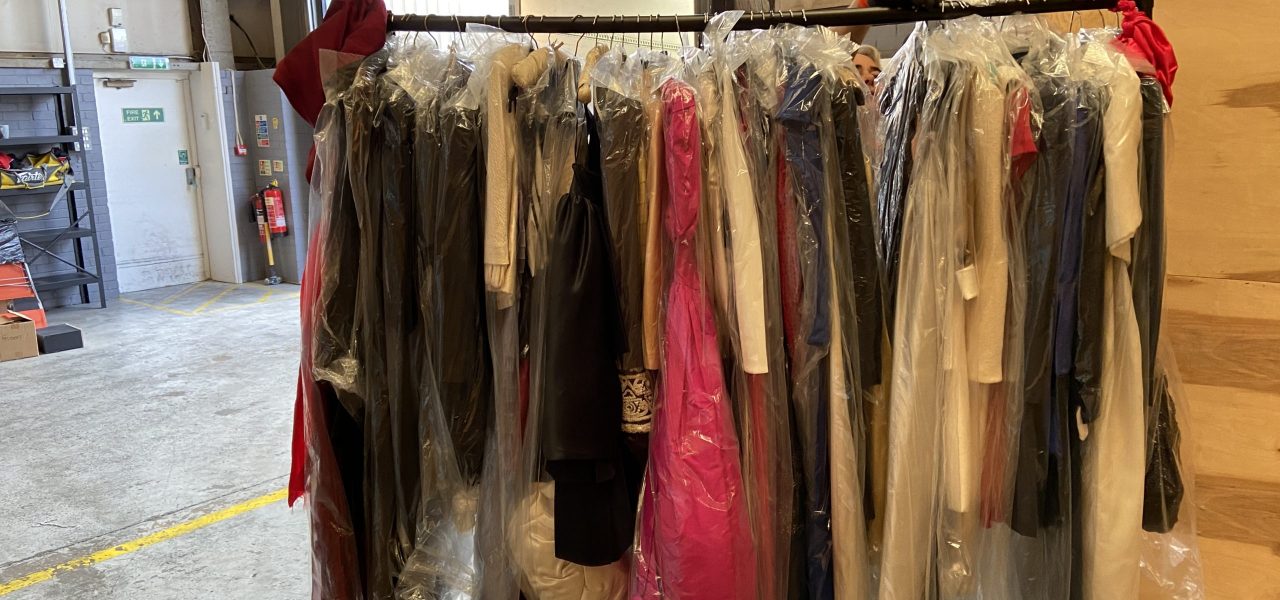Overview
Recommerce, or reverse commerce, primarily refers to the process of selling previously owned, new or used products (mainly electronic devices or media such as books) through physical or online distribution channels to companies or consumers willing to repair, reuse, recycle or resell them.
Recommerce, which was previously thought of as second-hand sales, has now transformed into a global multi-billion-dollar industry aimed at the resale of electronics and other products online. As an industry, it is estimated that there are more than one hundred billion dollars of unused, pre-owned merchandise available that can be put up for resale across the world. Today, the most common item sold in the recommerce industry is clothing. This is followed by books (17%), music CDs (14%), movie DVDs (13%), and video games (10%).
In the coming years, experts expect the recommerce industry to grow at a significant rate as more and more people become aware of the opportunities available in this industry. Recommerce websites have seen traffic increases of over 1,400% since 2009. Seeing the prospects in this industry, many established firms have also forayed into it, chief amongst them being Amazon, which recently began its recommerce business initiative and expects the industry to be a growth driver for it.
Global Outlook
According to a report by PR Newswire, the global refurbished and used mobile phones market is expected to register an impressive expansion at a 8.9% CAGR during the forecast period of 2017 to 2025. The growth will be driven by the emphasis put by global leading manufacturers of mobile phones on reuse and recycling of products and the continuous introduction of newer and innovative gadgets leading to shorter customer usage cycles. Furthermore, sales of refurbished and used mobile phones in company-owned and consumer-owned markets will collectively account for 277 million units by 2025.
The report goes on to state that the US and Japan will remain the major market in the global refurbished and used mobile phones sector, while China will register fastest expansion at a high double-digit CAGR through 2025.
As such organised marketplaces are maturing and their awareness increasing, more end users are trading in, selling, or participating in recycling programmes for their gadgets and appliances rather than keeping them as spares for use by family members or throwing them away. Furthermore, with increasing trade-in volumes, specialist refurbishers are also on the rise, creating a fair market with standardised trade-in values based on product type, brand and life.
Outperforming the New Electronics Market
The global market for refurbished and used smartphones grew 13% year-on-year (“YoY”) in 2017, reaching close to 140 million units, according to Counterpoint Research. This was in stark contrast with the global new smartphone market that grew at a scant 3% last year. “With 13% growth, refurbished smartphones are now close to 10% of the total global smartphone market. The low growth of the new smartphone market in 2017 can be partially attributed to the growth of the refurbished market. The difference in sales of used and new computers and laptops might not be that stark, but if the trend holds, the computers and laptops market might also witness a similar pattern.”
Persisting Challenges
In spite of the steady growth rate of recommerce sector in recent years, some challenges still persist, and many times create doubts in consumers’ minds. Thus, it is no surprise that several consumers still view used and refurbished products with suspicion. Some of the challenges faced by the industry are meeting consumer needs, regulatory compliance, volume management and management of costs. Although firms engaged in offering refurbished products have tried to dispel these doubts through offering consumers more clarity in their functioning and through marketing themselves innovatively, doubts still remain in the minds of consumers.
Recent Trends
Demand for Refurbished Smartphones
According to Deloitte Global, at least 10% of premium smartphones purchased new in 2016 and priced $500 or higher will have at least three owners before being retired and may still be used actively in 2020 or beyond.
The report further adds that there has been a tremendous surge in demand for smartphones across developing countries of APAC, owing to increasing adoption of efficient communicating devices by ever-growing population in these economies. This surge in demand is likely to result in a significant rise in the demand for refurbished mobile phones in this region.
Similar is the case with global refurbished computers and laptops market. Increase in e-waste dumping and growing demand for affordable laptops and PCs have coupled together to spur the demand for refurbished computers and laptops. In addition, as many refurbished laptops and computers are backed by warranty, this is attracting consumers to use the lower cost products without compromising quality or durability. This is anticipated to be a crucial factor piloting the growth of the refurbished laptops and computers market globally.
In the global refurbished computers and laptops market, Asia Pacific is expected to grow at the fastest rate in the coming years while North America and Europe are expected to capture maximum market share with respect to revenue.
Organised Marketplaces
With the increased acceptance, availability, affordability, and eventual demand, global marketplaces are getting more organised and prepared to tap into this growth opportunity. In the past, online auction and deal sites comprised the primary channels for buying and selling used and refurbished products, apart from the plethora of unorganised offline retail channels. These unorganised recovery routes continue to co-exist alongside more organised retailers, both online and offline, creating a thriving ecosystem for such products, resulting in fewer products ending up at landfills.
Over the past few years, mobile carriers have been making a push to encourage consumers to trade in their older generation phones, offering lucrative offers on newer models. While customers don’t give much thought to where the traded-in phones end up, a wave of companies involved in cleaning, repairing, testing, inspecting, grading, repackaging and reselling are cropping up, leading to a supply explosion in the pre-owned and refurbished mobile phone market. This is even more true for the premium smartphone market. Going forward, with the price differential between refurbished and new premium smartphones being considerable, the demand for refurbished premium smartphones will only increase.
Customer Demographics
While a typical customer for refurbished products is a value-driven, price-conscious, deal-hunter, with the expansion of product categories, more customer personas and demographics are emerging as people are beginning to gain awareness and are becoming first time buyers. Despite a significant percentage of shoppers who will always purchase new and be averse to buying “non-new,” the market for certified pre-owned, refurbished and open-box products is expected to grow faster than most product categories, helping renew the life of used products. This ensures a bright future for specialist suppliers operating in this segment.
Perceptions of Refurbished Computers
When people think of refurbished computers, most don’t usually imagine high quality, state-of-the-art equipment. This perception is changing as more and more refurbished computers and laptops are being made available in the market, with people realising that almost all of their pre-conceived notions about refurbished electronic items were wrong. Sales of refurbished computers are soaring also as a result of more organisations using them to save resources and reduce their environmental footprint. Moreover, many manufacturers are collaborating with refurbishing firms, leading to an increase in quality and reliability of refurbished computers and laptops.





